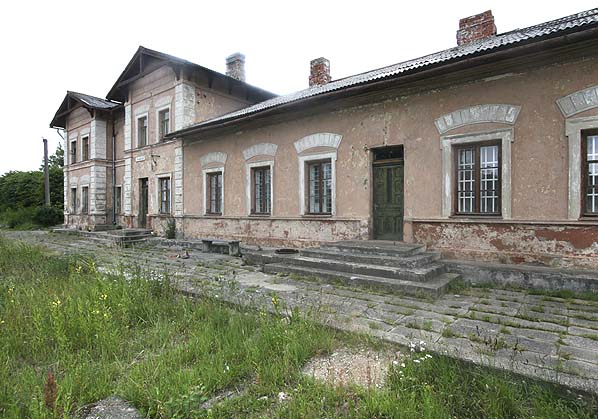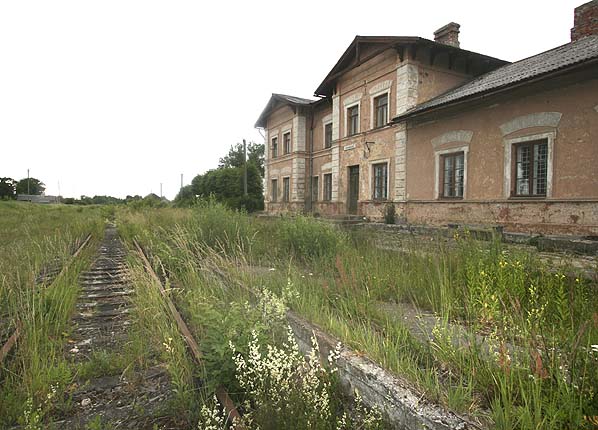|
Notes: In Latvia, the 1990’s saw a large scale restructuring of the transport system whereby old and uneconomical means of transport (mostly trains) were replaced by new, more flexible and economically viable types of transport (buses, mini buses and private cars).
The Latvian Railway closed passenger services on a number of routes including Liepaja - Alsunga - Ventspils (1996), Aloja - Rtijiena - Ipiki (1996), Limbazi - Aloja (1997), Liepaja - Vainode (1997-1998), Gulbene - Vecumi (2001), Liepaja - Riga (2001), Ventspils - Riga (2001).
The closure of the 58 kilometer line between Liepaja — Vainode in the Liepaja district of Western Latvia provoked more local protests and intense debates than any of the other lines. Without warning the Latvian Railway announced the line would close on 19th August 1997. Two days before closure about 100 people blocked the railway tracks to prevent the last passenger train from leaving Vainode station. To satisfy public demand, the Liepaja bus company simultaneously increased the number of bus departures to Vainode. This, however, did not stop the protests.
A spontaneous initiative group formed which inspired and lead a 51 day long picket. The number of protesters reached several hundreds including pensioners, teachers, farmers and young people. The local council and local businesses also supported the picket, although their support waned during the protest and in the end they changed allegiance, supporting the position of the Ministry of Transport and The Latvian Railway company.
Historically, the railway had been important for the economic and social life of Vainode which is located in the border area with Lithuania in the South-west part of Latvia and is some distance from the main road, which connects the cities of Liepaja and Riga. Before closure the railway was the main means of passenger transportation to Liepaja and Riga. It was also used by a number of local industries and businesses to move goods and provided a number of jobs for people from the town. The lines revenue was in decline in the early 1990s, when several local companies closed. The local economy was also badly affected also by the withdrawal of Russian troops from the nearby airbase.
In this economic decline people saw the closure of railway as a final blow against the local economy and a threat to their livelihood. The closure was unexpected for the local community because the decision was made without consultation. It was only after the protests began that the Latvia Railway managers and the ministry’s officials came to the town and explained the reasons. However, their economic arguments did not make much impression on local opinion.
On September 15, the minister of transport offered a compromise proposing a new state-owned joint-stock company that would operate the passenger rail service. On October 8 the protesters left the railway tracks.
On November 1, the passenger trains resumed. However, it was not clear whether the overall transportation improved for the local population. The number of bus services was again cut down to previous levels but the number of train departures was less than before. According to an official of the Ministry of Transport the operation was, however, highly uneconomical. During the first 5 days of resumed operation, only 313 passengers used the train.
People protested against the way the new railway operation was set up — the train was allegedly extremely slow, it used a large and uneconomical locomotive and the price of tickets was rising. The protesters attempted to stop the massive engine that allegedly “burned money” and was dispatched only to prove that operation caused large loss. The new service was quickly stopped and never resumed again.
Since the closure of the railway service, the regional passenger transportation system has seen complete reorganisation and structural change. New ways and means of public transport have been introduced including privately operated bus and minibus services and a local authority bus service. The number of private cars has also increased considerably in recent years.
|




 Home Page
Home Page 



 Home Page
Home Page